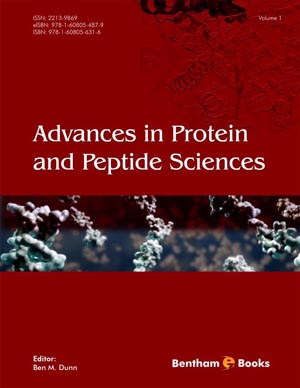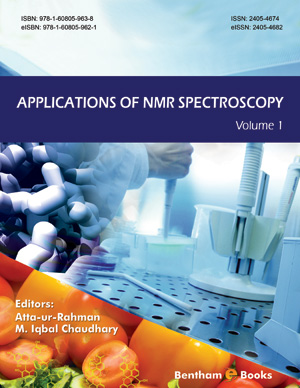Abstract
α-Hydroxylation or α-aminoxylation of carbonyl compounds in the presence of an organocatalyst has become a significant method for the creation of asymmetric C-O bonds. From the first studies with the classical proline-type or Cinchona-derived organocatalysts, methods have evolved to more efficient systems. Phase-transfer organocatalysts, flow chemistry, ionic liquids, electrochemistry or photo-oxidation permit the reaction with a large range of substrate. While originally aldehydes and ketones were used in these reactions, it is now possible to extend the scope to amides or dicarbonyl compounds such as β-keto ester and β-keto amide. The present review aims to present a general overview of the evolution of these systems.
Keywords: Benzoyl peroxide, Carbonyl, Cinchona-based catalyst, Dicarbonyl, Flow chemistry, Ionic liquid, Nitrosobenzene, Organocatalysis, Organophotocatalysis, Phase-transfer, Photo-oxidation, Proline, Singlet oxygen, TEMPO, α-aminoxylation, α-hydroxylation, β-keto amide, β-keto ester, α- oxidation, α-oxybenzoylation.






















